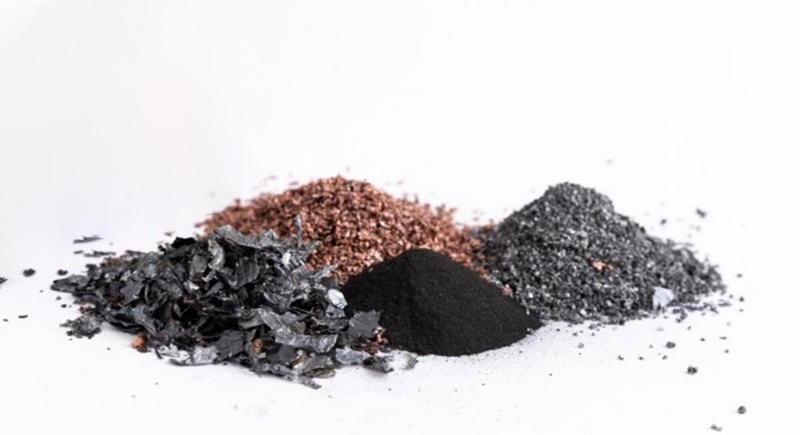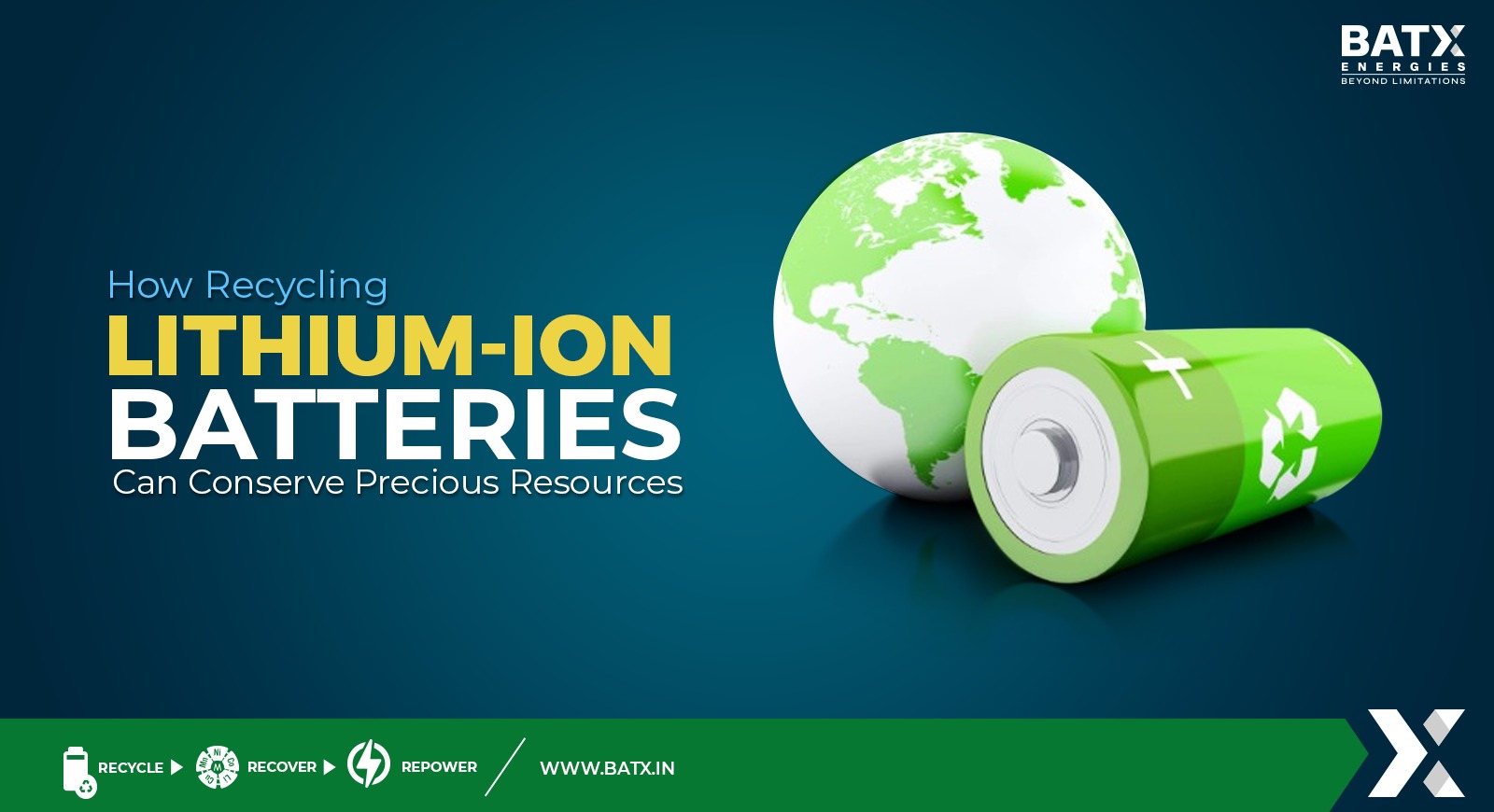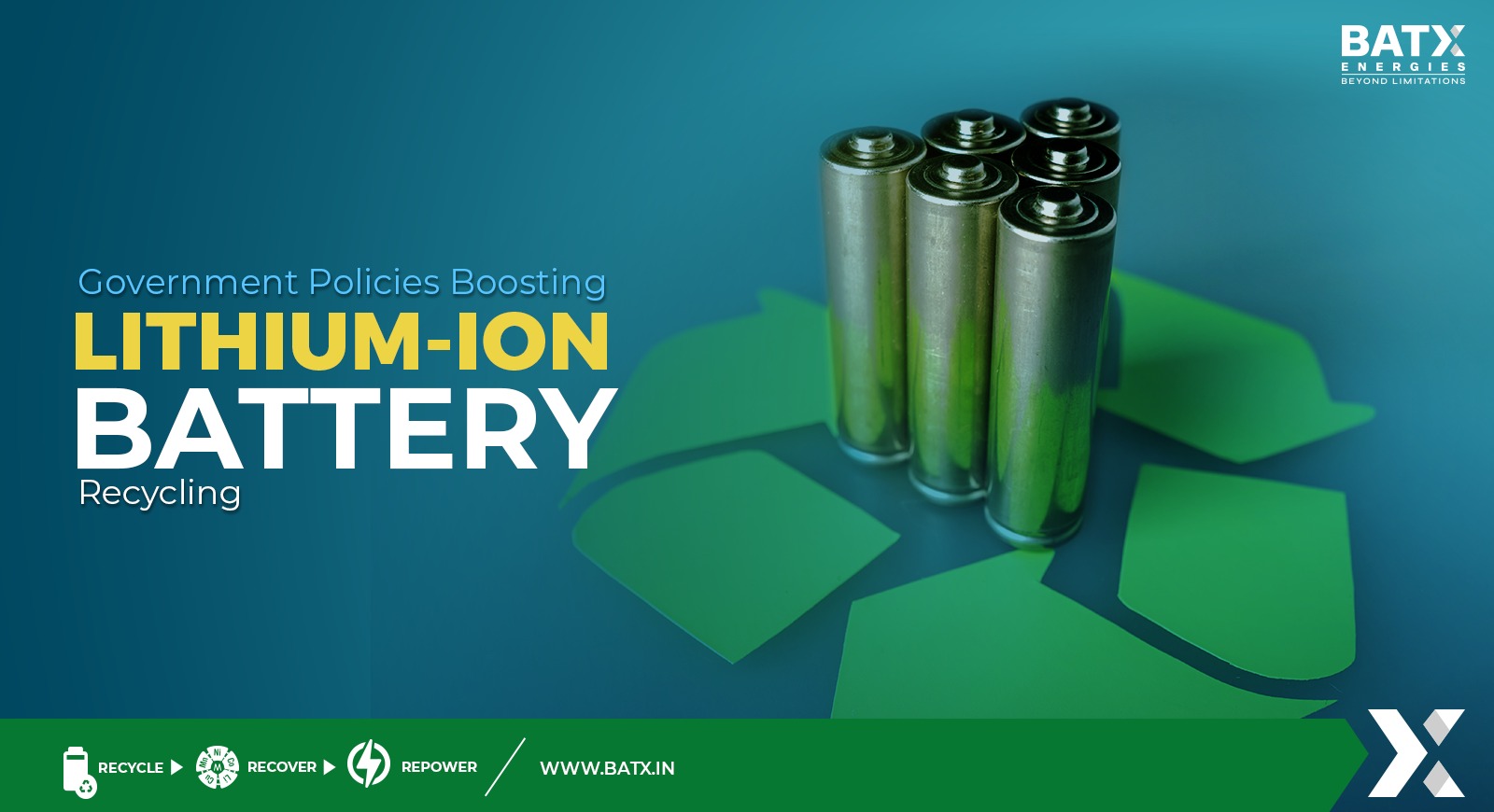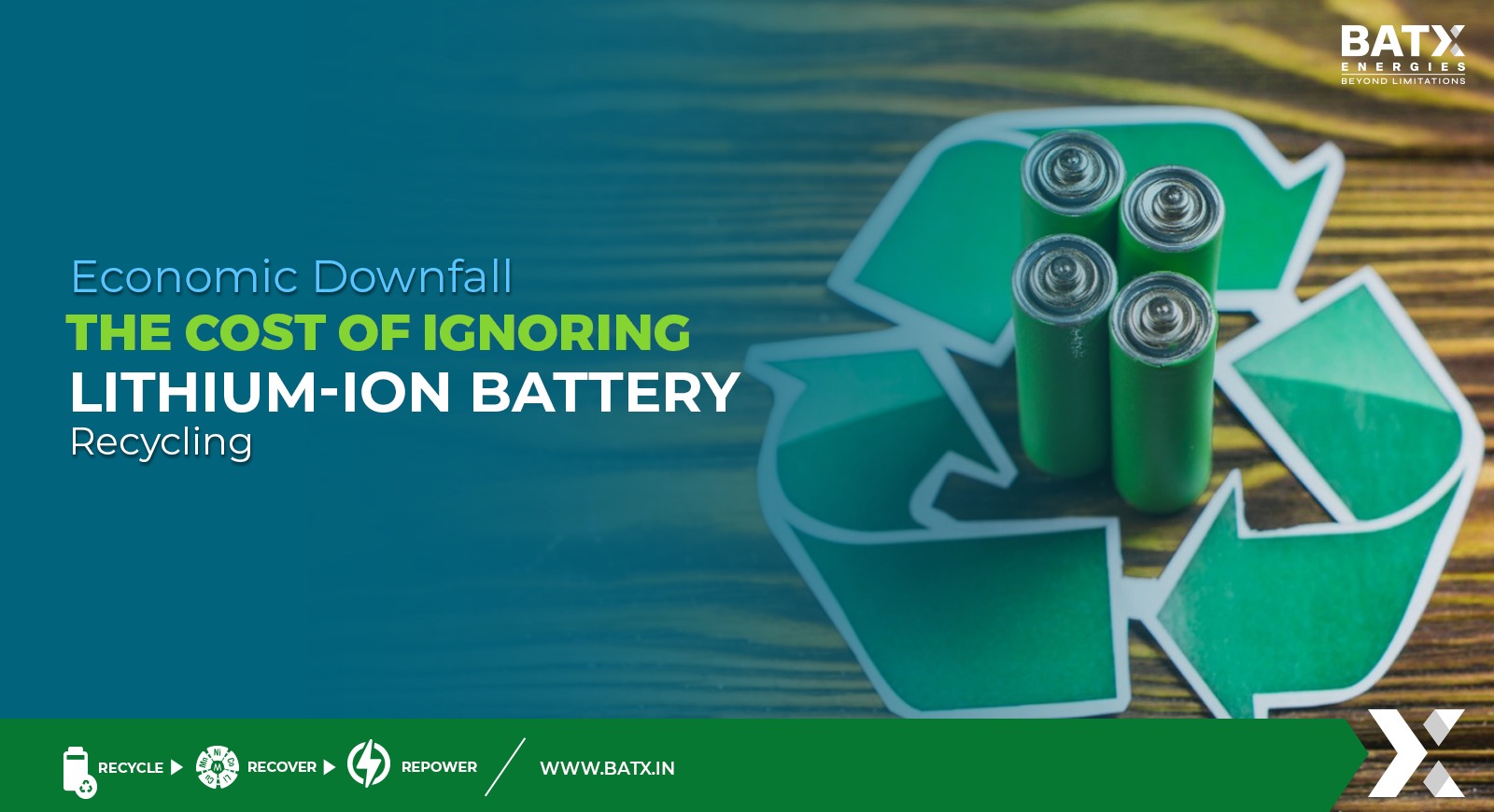Every rechargeable item, including headphones, cell phones, and electric cars, is made of rare earth metals, including Lithium, Nickel, Cobalt, Silver, and others. These rare-earth metals are essential to numerous 21st-century technologies because of their unique electrical and magnetic characteristics.
Rare earth minerals are naturally occurring materials that cannot be produced artificially or substituted. Some are found in the crust of the Earth in incredibly minute amounts. They were made when the intense heat and pressure that a star’s growth produced forced atoms together to form elements. Since the elements are naturally mixed in ores, they must first be purified before being used. The mineral ore is hard to remove and separate and takes a lot of time and energy. These minerals can be recycled, though.
Why Is Recycling Rare Earth Material Important?
Rare earth elements are increasingly employed in renewable energy items like solar panels and batteries for electric vehicles and technological devices like smartphones (EVs). These gadgets have become a necessary component of modern life due to modernization. Therefore, it is anticipated that demand for these rare earth minerals will increase.
Recycling is a cutting-edge substitute for mining. Nickel, lithium, cobalt, and other rare earth elements are used to make lithium batteries, and recycling these batteries will yield valuable rare earth minerals. Many battery recycling companies identified different techniques of recycling these batteries for extracting rare earth elements from them. Here are some aspects showing the importance of recycling rare earth materials and why Lithium-ion batteries are commonly used to recycle them.
The Influence
The cost of recycling rare earth elements is significantly influenced by how difficult it is to separate them. To improve the financial benefits of recycling, it is necessary to separate specific rare earth elements from technologically powerful combinations using straightforward chemistry. It is anticipated that new sources of rare, recycled Earth will reduce the energy costs and environmental damage associated with the primary mining of these minerals and their extraction. A domestic supply chain of rare Earth would also be advantageous for global technology.
The Versatility of Rare Earth Materials
Rare Earth materials are crucial because of their extreme rarity, importance in the new information and energy technologies, and vulnerability to international politics. Thus, they are an excellent choice for recycling since they are versatile. Additionally, rare earth materials are a sustainable choice to save electricity resources for the future. Hence, there will be a massive demand for these materials in the future.
Global Market Demand for Rare Earth Metals
A report estimates that the global market for recycling rare earth metals will be worth USD 248 million in 2021 and USD 422 million in 2026, growing at a CAGR of 11.2 per cent. The report says recycling rare earth metals will lead to steady material sourcing and net-zero goals for recycling rare earth metals by 2050.
Communications, electronics, automobiles, and military weaponry all rely on rare earth metals for development. Emerging applications, including green technology and electric and hybrid cars, will likely drive demand for these elements during the next several years.
Helps to Protect Environment
Each battery includes potentially harmful, poisonous, and corrosive substances like lead, lithium, cadmium, and mercury. Throwing away these batteries might be risky and spread poison that will be harmful to human life. For instance, fires started by lithium batteries in landfills may smoulder for many years. As a result, the airborne hazardous compounds harm our ability to breathe and contribute to global warming. Inadequately exposed batteries also evaporate, become stuck in the atmosphere, and end up as rain, contaminating lakes and streams.
However, through the recycling process, these batteries can be used for the better advancement of technology without even affecting the environment. This can be possible by creating a circular concept. The motive of the circularity is that once the user is finished with the product, it goes back into the supply chain instead of the landfill.
Increasing Demand for Lithium
Lithium (Li), a lightweight metal, has high melting and low boiling points. It is believed to make up just 0.0007 per cent of the Earth’s crust while widely employed in batteries for portable gadgets like laptops and cell phones.
It has been the favoured choice for battery technology in EVs due to its ability to store large amounts of energy and have low weight. Forbes predicts that between 2019 and 2025, the demand for lithium will increase five-fold to 1.3 million tonnes of lithium carbonate equivalent.
The current mining operations are insufficient to meet the current demand for rare earth materials as the demand for these materials is rising daily. However, these earth materials can be recycled by using different techniques.
Dumping batteries into landfills is hazardous as it may produce environmental toxicity. Whereas recycling these batteries can bring the materials back to the battery production companies and deliver economic benefits.



